Raphaël Isvy, in his early thirties, is representative of the social-media-savvy next-generation art collectors. Owning around 150 artworks, the Paris-based art collector actively shares his latest art acquisitions and stylish home interiors on his Instagram profile. Many of the artists in his art collection are some of the rising stars in the art world: Robin Francesca Williams, Alejandro Cardenas, Huma Bhabha, Peter Saul, Aaron Garber Maikovska, Joyce Pensato, Julie Curtiss, Robert Nava, Anna Park, and Vojtech Kovarik.
LARRY’S LIST had a chat with Raphaël who discussed why he loves collecting art by emerging artists; what boxes he would like to tick when purchasing art; what artworks are on his wish list in 2023; as well as what he is particularly excited about in the art world this year.
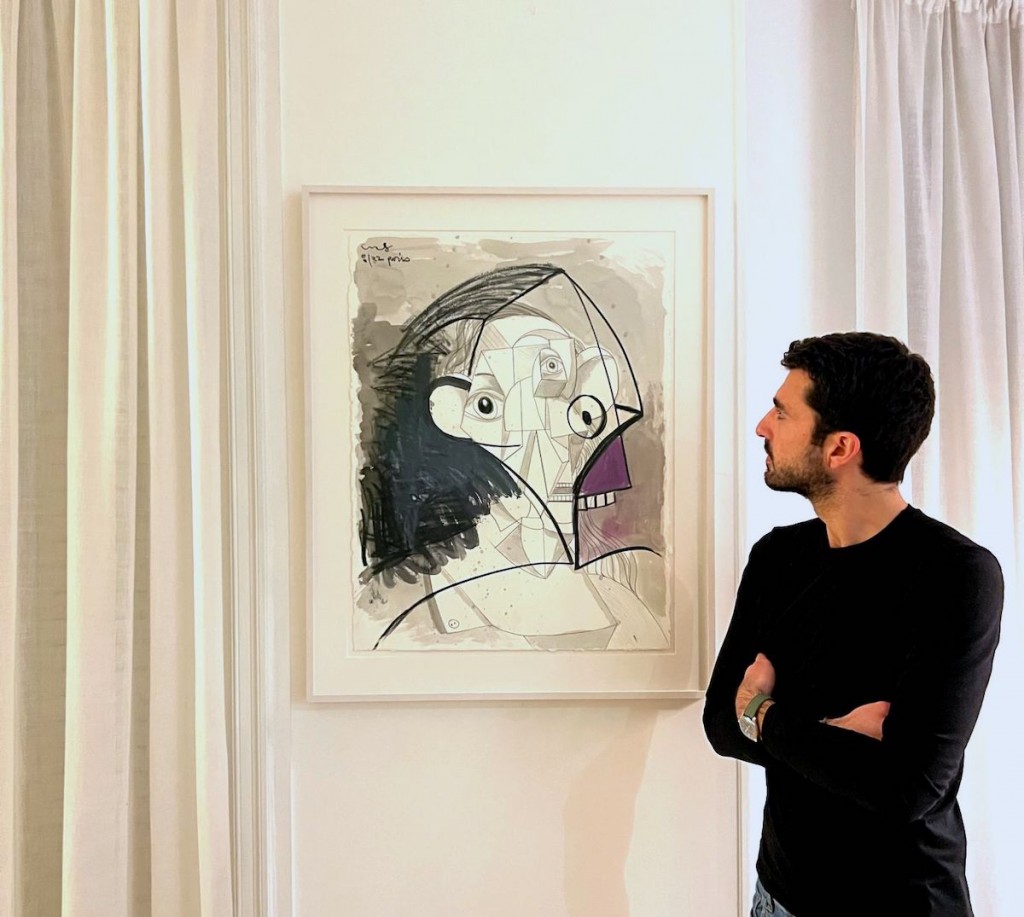
Collecting
What made you want to start collecting art? What is the main motivation behind your collecting?
Back in 2016, I was really bored at work and wanted to find something new and refreshing to remain motivated. I have always been obsessed with finding rare stuff that is hard to get as well as owning something rare that others could desire. That motivation led me to get into collecting limited editions, and then inevitably original works. And finally, it shifted to a true passion for art.
But the main reason I’m collecting is that I am obsessed with building something serious and valuable for my two daughters. When the first one came to life, I understood that I really wanted to pass them something with a story behind. That’s the magic of art—each painting has a story on how it was acquired; and this is priceless.
When did you fall in love with a piece of art? What was it?
It all started with George Condo designing the cover of Kanye West album “My Beautiful Dark Twisted Fantasy”, he has always been one of my favorite artists because of the way he depicts faces with his classic cubism approach; I can easily say that I instantly fall in love with most of his artworks.
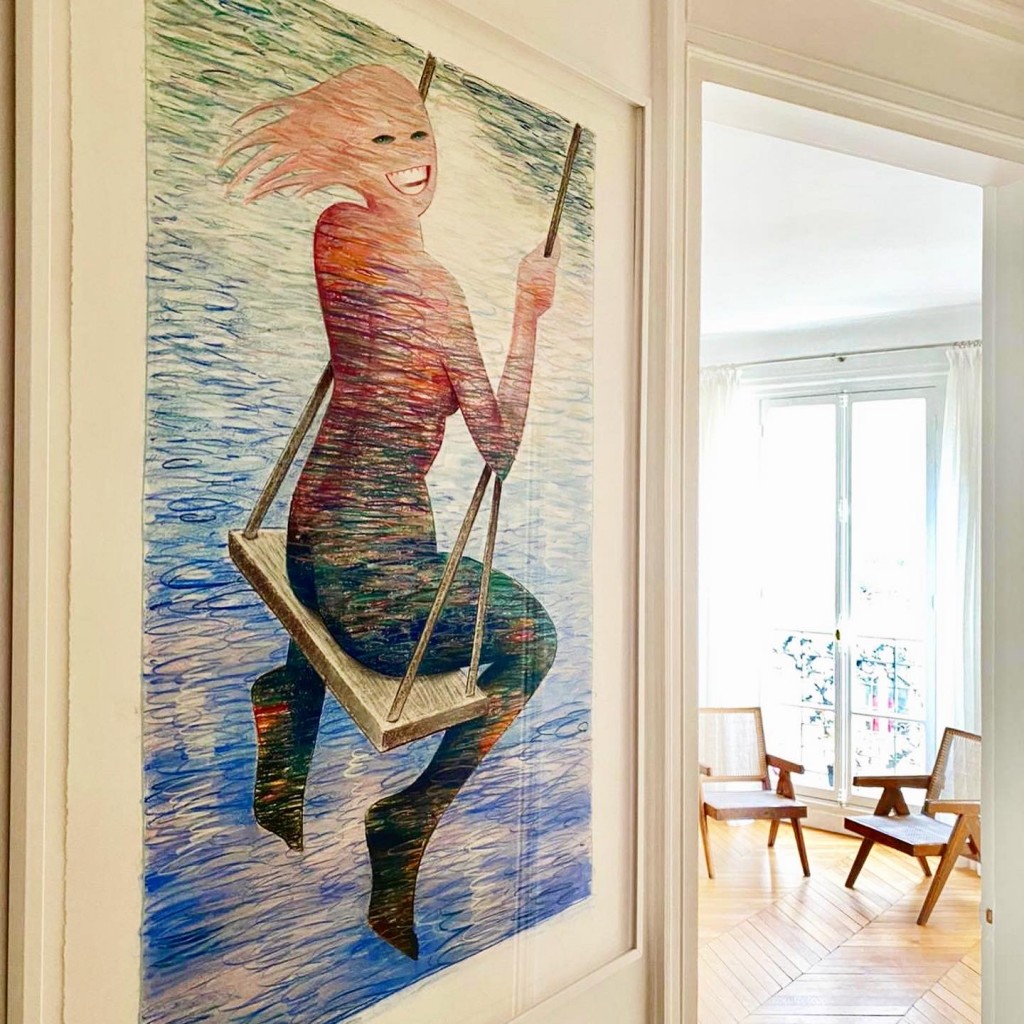
What is your focus regarding the artists in your collection? Why are you interested in emerging artists?
Back then, I had no budget to collect, that is one reason why I focused on emerging artists because their art is affordable. The second thing that is impressive with emerging artists is the feeling of discovering a new species; you are one of the first to be able to live with the art of this artist before it gets massively known.
Finally, it is also easier to acquire a work from an emerging artist who is accessible on Instagram, and happy to receive you in his studio and does not have waiting lists and protective galleries around.
What type of art has consistently attracted you? What is the theme that unites all the works in your collection?
I have a problem: I am obsessed with figurative art and more specifically portraits. First, you get the chance to see the world through the eyes of the artist. A good figurative artist cannot cheat, you instantly can tell if the artist is good and what he really wants to show you. It gives you the ability to instantly travel into his private world without any limit! Amongst 150+ artworks in my collection, I can safely say that 130+ are figurative works… I have always been a massive fan of fantasy movies and sci-fi because I love to escape from our conventional world, and the way most of the artists in my collection depict portraits makes me feel that exact feeling of escaping. I love distorted portraits, zombies, and supernatural backgrounds and shapes. It is most of the time a challenge for displaying this kind of art at home with the kids.
I would like to develop and train my eyes on abstract works, but it takes time.
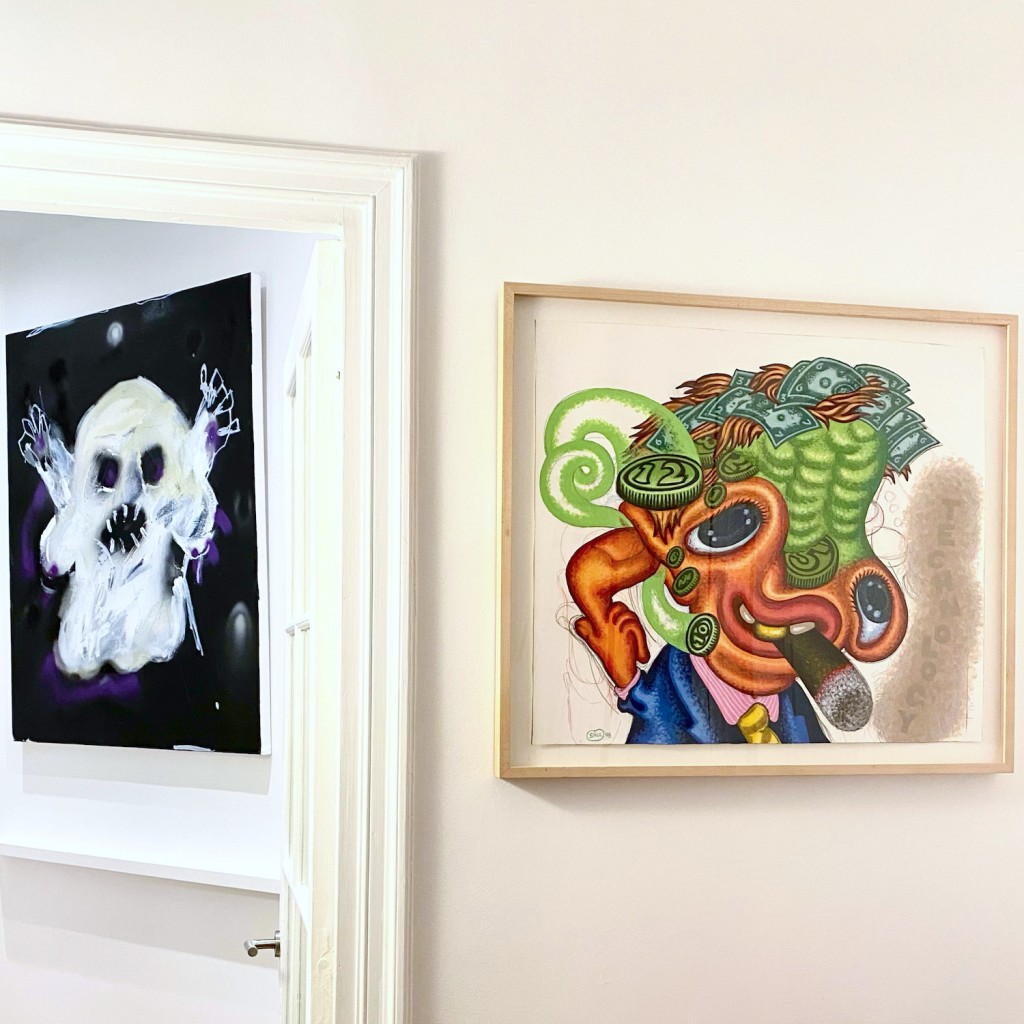
What were the first and the latest artworks you purchased?
My very first edition acquired was a print from Cleon Peterson called “Marchers”, I will always remember the feeling of unrolling the paper, admiring at the signature and number… Later on when I started collecting original paintings, I enjoyed the pleasure of smelling the paint on the canvases! My first original work was a painting from Mike Lee called “Best Friends”.
My last purchase is my biggest purchase to date and is a work I have been chasing since the beginning of my collecting journey: a George Condo.
During the last Art Basel Miami, I entered the Spruth Magers backroom without knowing what I would find in it. You cannot imagine how happy I was when I found out that one work was available; it is a large work on paper that just arrived home, and I really look forward living with it.
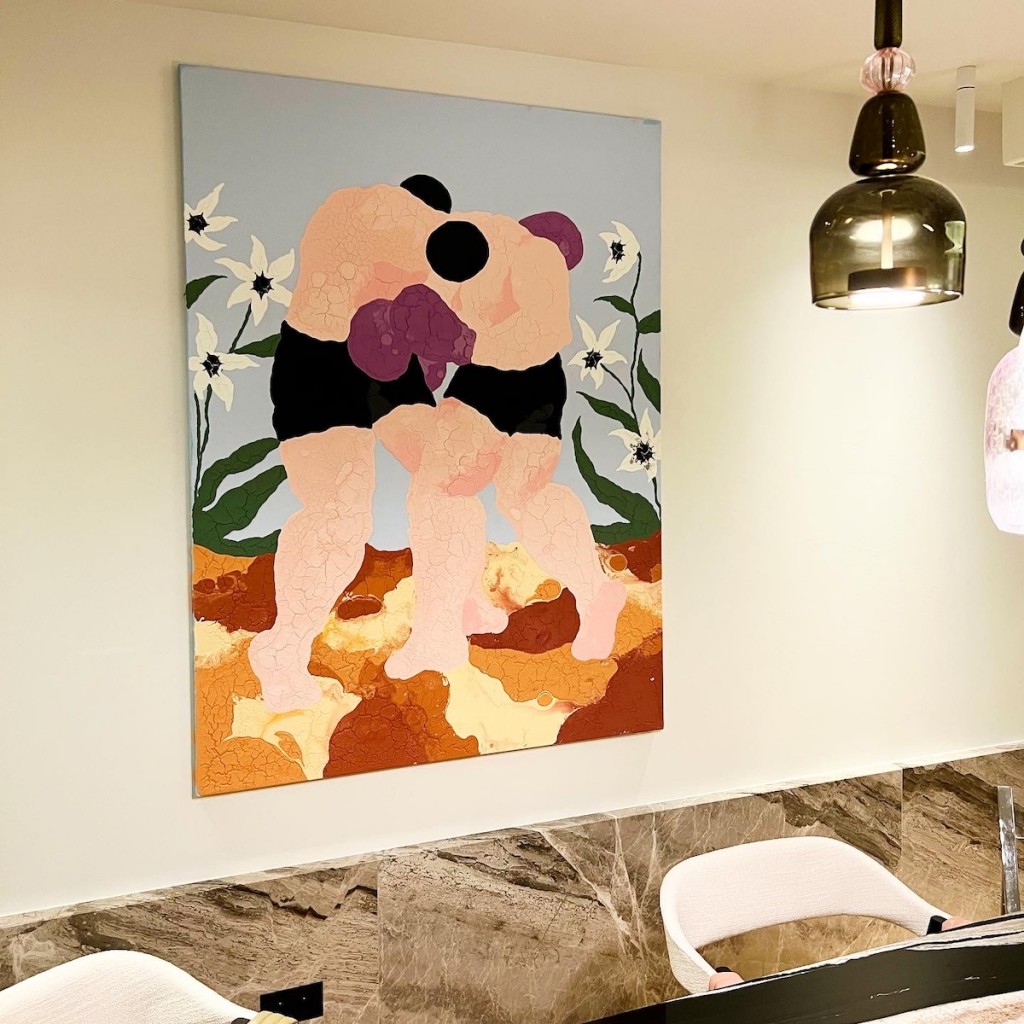
How many artworks do you own? Where do you display your collection?
Approximatively 150 — 90% are paintings and works on paper, and the rest are sculptures. I try to rotate the hanging at home quite frequently to enjoy other works on the wall! I also have some works at my friends’ apartments as well as my brother’s, my parents’, and in my storage. Logistic is becoming hard to manage.
Would you wish to present your art collection publicly?
I thought about it, but after discussing with many experienced people; it would have way more meaning to show the collection alongside some primary available works to introduce some new artists to the world. My collection is decent, but I am not sure I am at the level where it is enough to make a killer show by itself. In a few decades maybe!
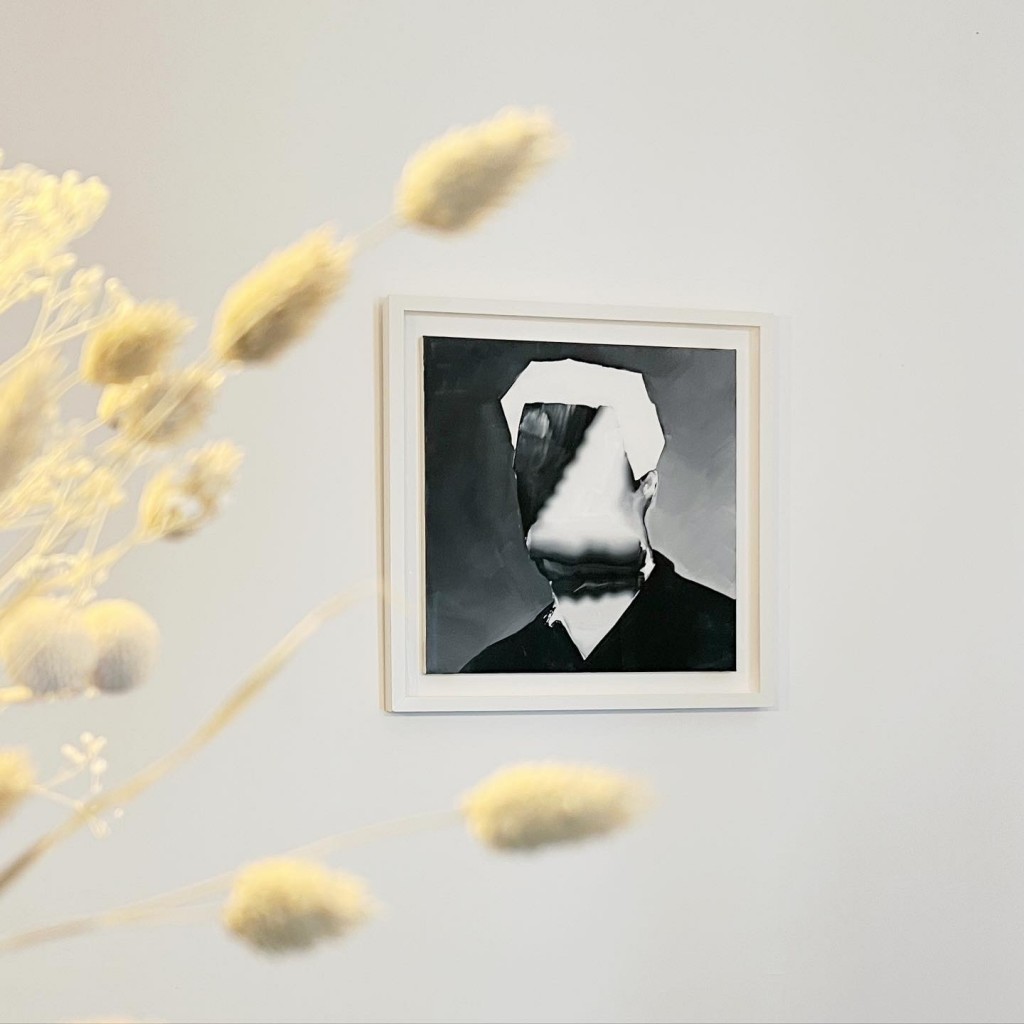
What considerations guide you to make a purchase?
That is a good question, as I love to “tick boxes” when I make a purchase.
The first essential box is that I NEED TO LOVE THE WORK. Never in my whole life I have purchased something I did not like.
Then, it is a combination of many indicators: price, gallery, medium, who else also collect the artist, what’s his/her career, upcoming shows, amount of works produced in the past, where am I going to put it at home…
For example, getting a Julie Curtiss recently (thanks to Anton Kern Gallery) was a long term goal. It required patience, but I couldn’t be happier adding that extraordinary artist to the collection, especially since I know her personally; I got the chance to visit the studio last June in NYC and love her gallery’s program !
How is your experience with selling artworks from your collection? What do you consider when finding a new home for the artwork?
Selling is essential for a healthy art world; I do not know why many find this subject disturbing when it is part of this whole art world. The thing is about doing it “properly”. And to do it properly, you need to discuss with people, eventually make mistakes, and then you understand how to do it. Going back to the original selling gallery is part of the process and is the easiest way to start selling without destroying your reputation. At least you should try this way before exploring other selling channels. Collectors who never sell, will stop purchasing at some point unless they have an unlimited budget, which is not my case! I wish!
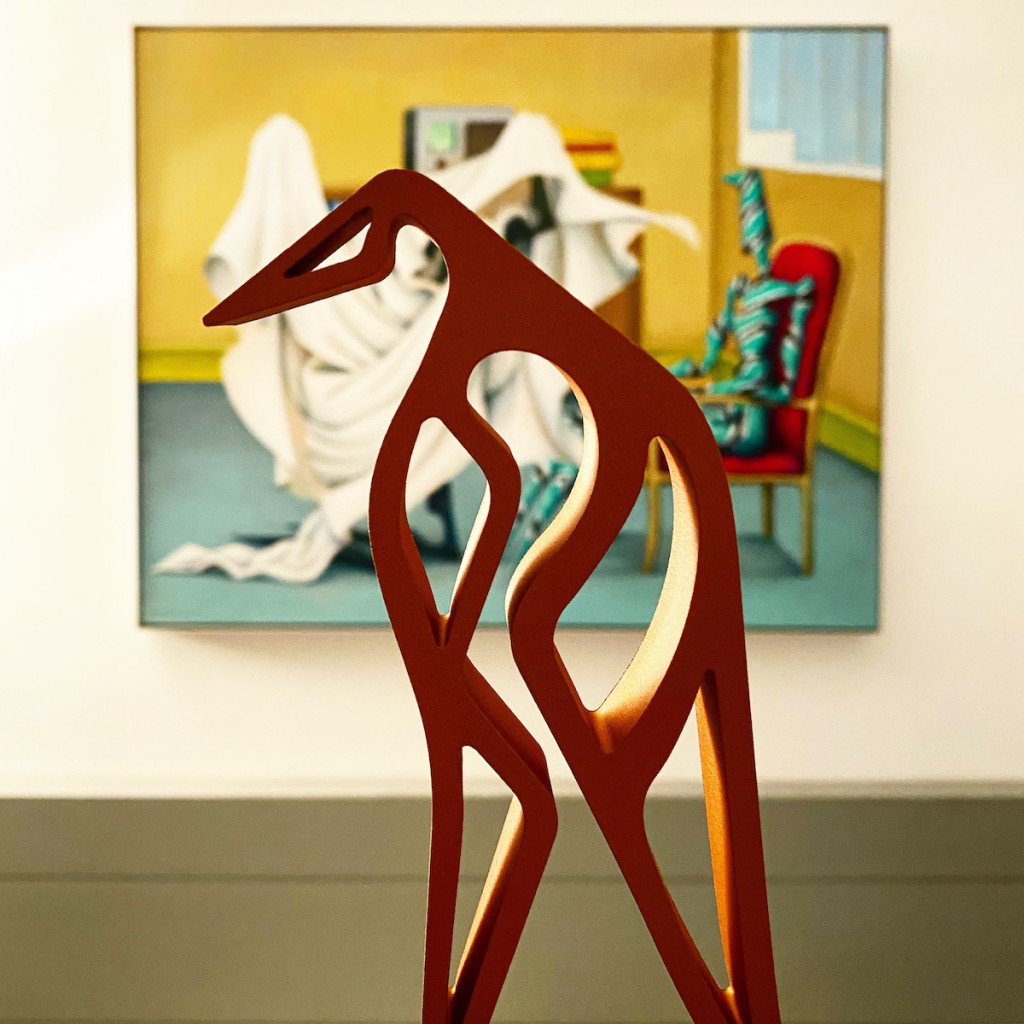
What kind of art can make you write a cheque without any consideration? What are on your wish list right now?
I have been reading art and design magazines for ages, and I do think that the setup is essential when thinking about acquiring a work of art. It needs to go with a proper furniture and in the good context. I have been admiring extraordinary interiors on the LARRY’S LIST Instagram account as well as the Galerie magazine. I could write a cheque for a Gormley giant sculpture with a big Lee Ufan “Correspondence” painting to match it somewhere in my house. Unfortunately, that cheque would be rejected [laughters].
More seriously, my wish list for 2023 is really tiny compared to the previous years as I would really like to tighten the collection for some more blue-chip, quality works. I would love a Tracey Emin neon, a Botero drawing and a nice Lee Ufan, maybe a small Gormley MEME if I find the opportunity.
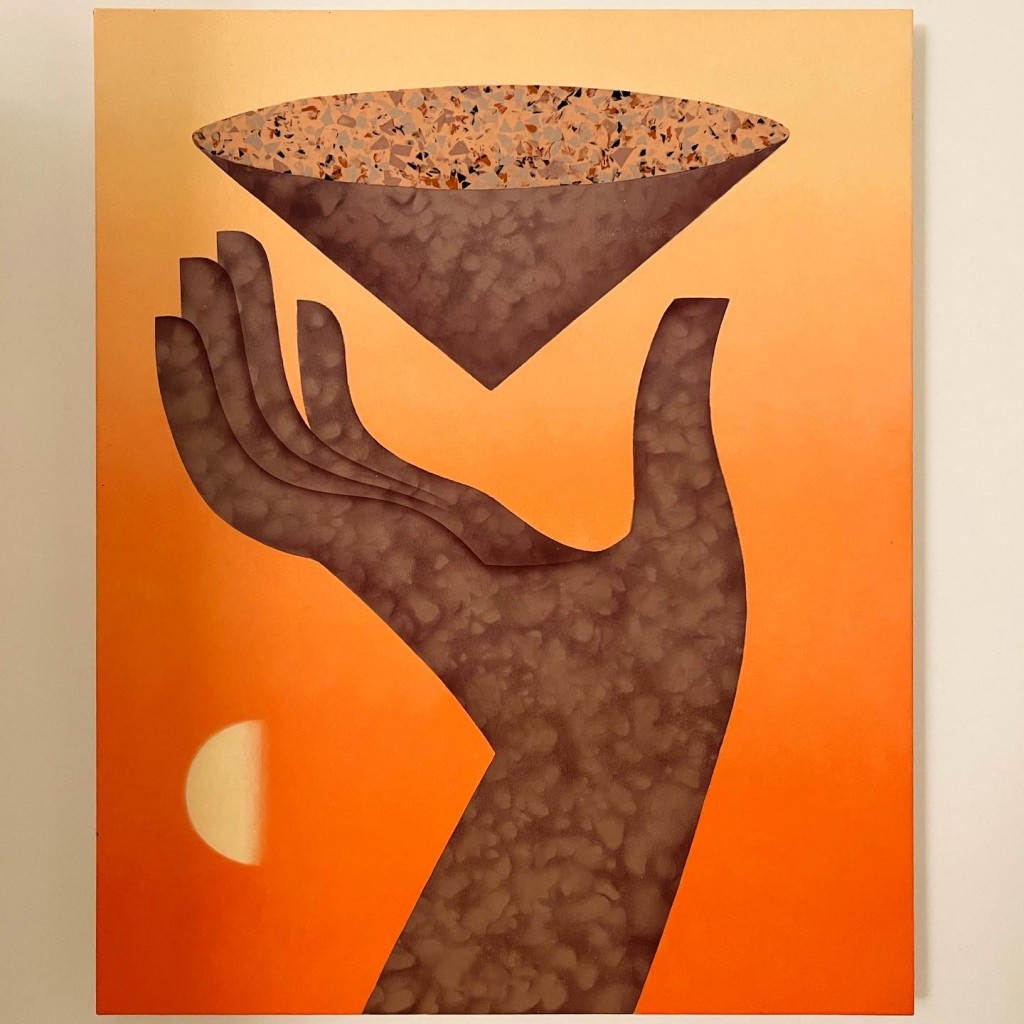
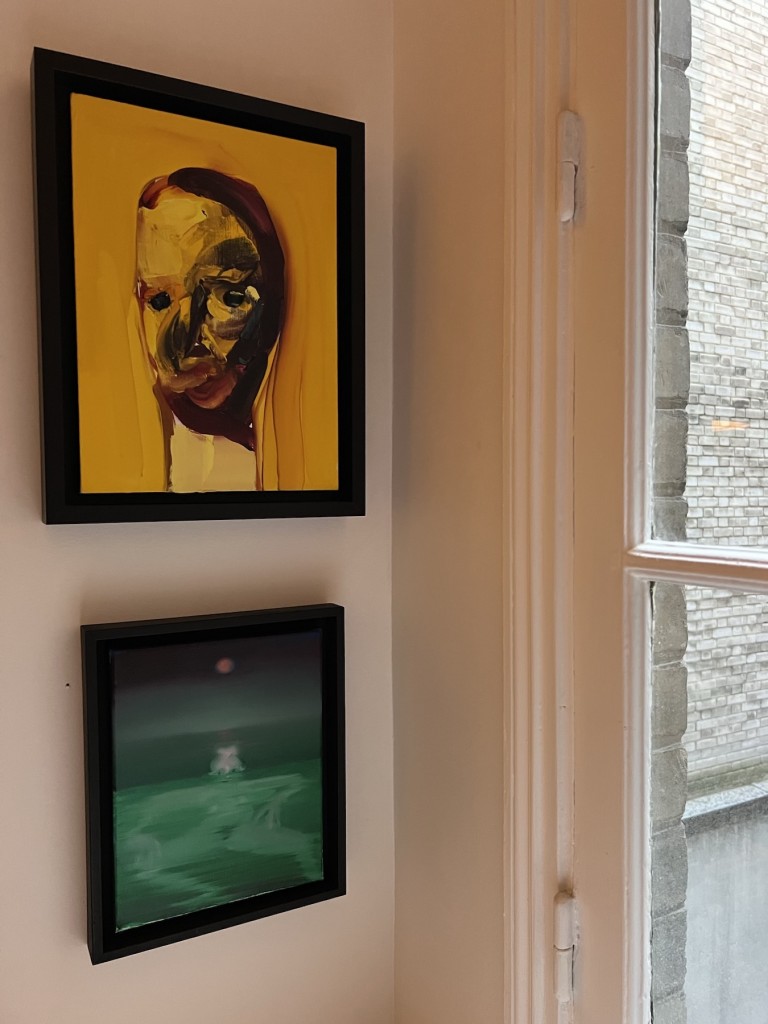
The Art World
How important is it for you to build connections with various players in the art world?
I think this is “my thing”, there is NO ART without PEOPLE. Networking is essential for a thousand reasons, you can’t go anywhere without the good people. Plus sharing a common passion with someone creates closeness, and this is what it’s about: discussing, challenging, discovering, getting access, sharing, helping… I love describing the art world like the ocean: you need each and every player to maintain the perfect balance in this world. If you remove a key player it collapses. The art world is a world where each actor is essential and discussing with people makes you learn, evolve, and change perspectives regarding some ideas or art. I always tell people who start collecting: the more you talk and meet, the better collector you will be.
What was your most memorable encounter in the art world?
I am going to sound boring, but each encounter (collector, artist, gallerist, curator, museum director, critic, dealer) has been incredibly helpful to me, and is the reason I am here today. I am grateful to anyone I have crossed paths and am still learning from people who give me another perspective, especially the ones that have been there for decades and have experienced different waves of collecting and economic cycles.
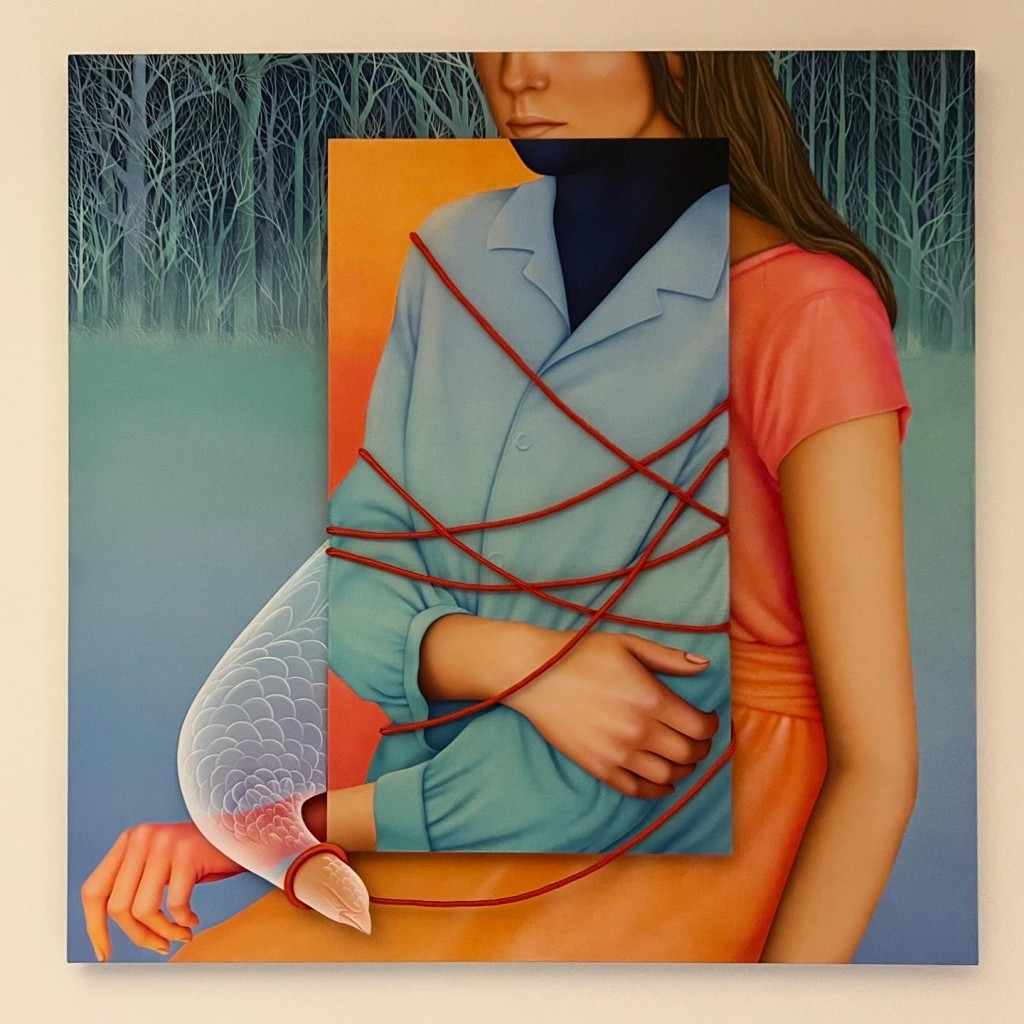
Why did you decide to quit your job in finance to focus fully on art and collecting? How is the experience so far?
It is a mix of personal and professionals’ reasons, but the main idea was to have time to be able to travel for fairs, to go to each show opening and to be able to have a coffee with anyone at any time. So far, it’s been amazing, I wish the market was a little less slow than it is today, but I guess you learn a ton from those cycles.
What do you think is the art-world pet peeve?
That is a tricky question. I will say that some galleries have adopted selling techniques that are dangerous for the art world, as well as the quick price raise that are endangering the artist’s career and the collector’s purchasing power.
Generally speaking, when it’s going too fast, it always ends badly—hopefully, only a minority is concerned.
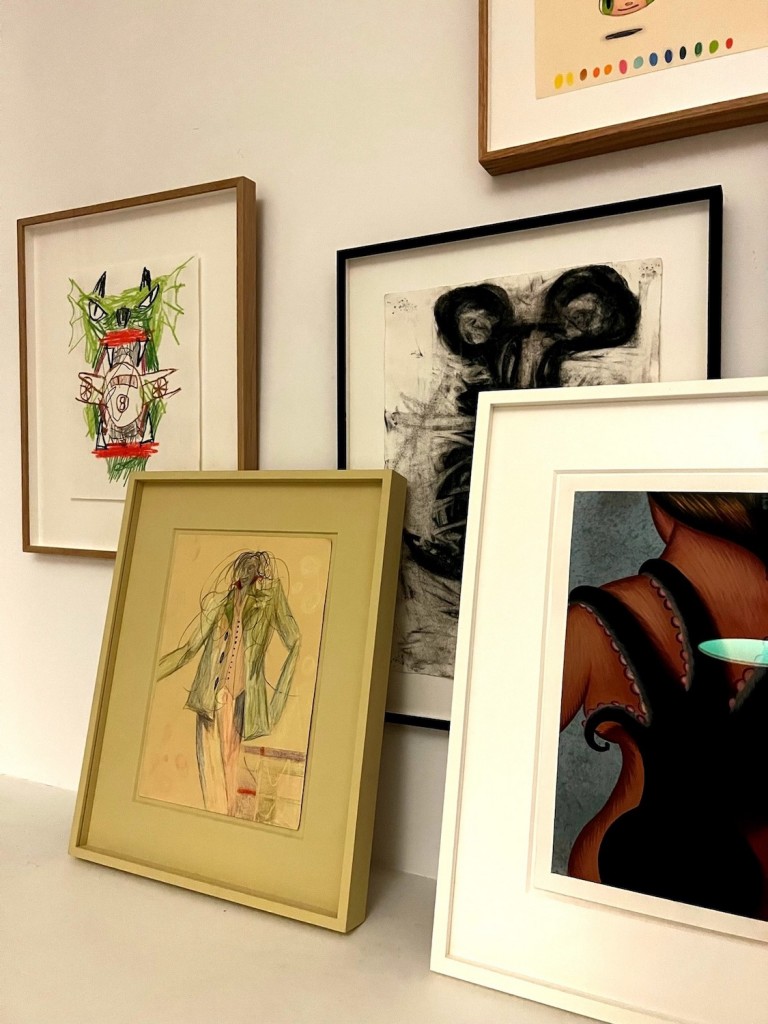
Can you name three emerging artists who should be on our radar?
It is hard to define the world “emerging” since you have young emerging and established emerging. To be fun, I will give you names that you have probably never heard: Alma Felhandler, Nika Kutateladze, and Anthony Goicolea.
(yes, I purchased from all three of them)
What are you especially excited about in regard to art in 2023?
I feel that 2023 will be a particularly interesting year, in comparison to the 3 or 4 past years where everything was pumping.
The current economic climate will probably lead the art world to a very necessary purge. It is going to be interesting to see how actors navigate into this new world; I feel the blue chips are going to take back their control to prove they are here to stay in whatever economic context. I am looking forward to it, galleries have already seen their primary sales slowing, secondary prices are not at 2020/2021 level; there are too many fairs and too many “new artists”. It is easy to get lost. This year will be a needed turnover.
Instagram: @raph_is
A selection of artists Raphaël collects:
Arghavan Khosravi
Julie Curtiss
Peter Saul
Robert Nava
Robin F Williams
By Ricko Leung





